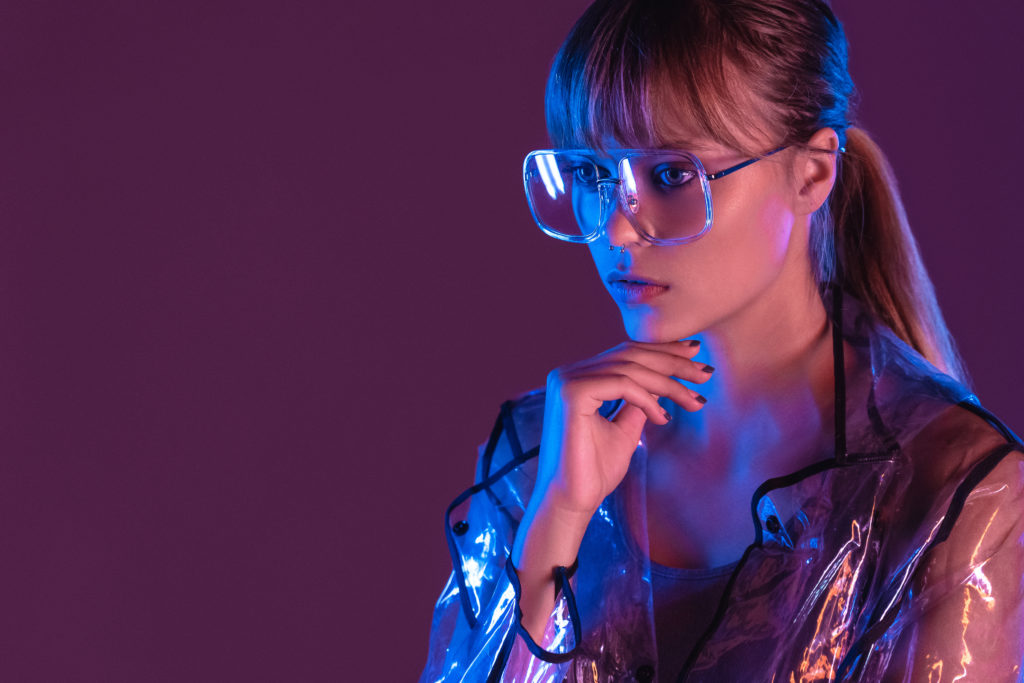Vinyl fashion. From haute couture to protecting lives.
PVC is a thermoplastic often known in its flexible forms and its colourful applications, such as flooring and decorative wallpaper. Besides some of the most popular heavy duty uses, PVC coated fabrics can be used in a wide range of clothing applications. From firemen’s jackets and raincoats to some haute couture fashion, flexible PVC – also known as vinyl – is incredibly versatile in terms of performance and style.
HITTING THE RUNWAY
Due to PVC’s highly valued properties, top fashion brands rely on it as it allows them to develop their creativity, whether it’s in design, colour or texture. Vinyl made its debut in the world of fashion back in 1964, when French designer Courrèges showcased in his spring collection materials such as metals and plastics, including flexible PVC. Coated fabrics are manufactured by covering a polyester scrim with a plastisol layer, which is made by combining PVC with plasticisers. Once the PVC layer is cured the fabric becomes waterproof, resistant to dirt and extremely durable.
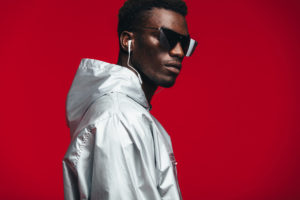
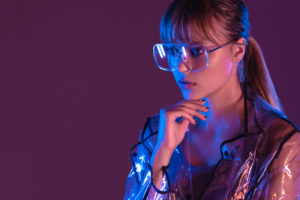
IS VINYL THE NEW “VEGAN LEATHER”?
In shoes, bags or jackets, plasticised vinyl provides a great alternative to traditional leather. Artificial or synthetic leather made using vinyl can actually be preferable to natural leather mainly because it’s animal-friendly – also known as “vegan leather”. Moreover, it is durable, waterproof and resistant to warping and cracking and can also be maintained and cleaned up with just a damp cloth. Plasticised vinyl leather can retain its colour, texture and quality for many years making it a more sustainable alternative in the long run.
Vinyl is used abundantly to protect athlete’s feet by providing shock absorbance, support, comfort and strength in shoes used to dealing with demanding environments. Flexible PVC can be found in the soles and uppers of modern shoes providing a synthetic alternative to traditional leather in formal shoes.
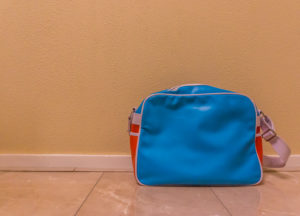
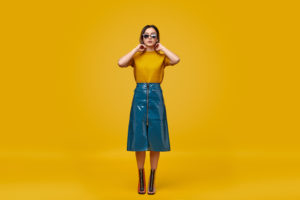
PROTECTING LIVES
Due to its intrinsic functional qualities, flexible PVC has long been the material of choice for protective clothing, especially garments for outdoors and bad weather conditions. PVC fabrics are waterproof and highly resistant to dirt, chemicals, UV light and general abrasion making them perfect to be used in protective and professional clothing. At the same time, PVC coated textiles using plasticisers are available in a wide range of designs and colours so style does not need to be compromised to performance.
A great example of how all these characteristics come into play is firefighters’ uniforms and protective gear. PVC is an inherently fire-resistant polymer. Besides its heat resistant properties, it can also protect workers from rain and wind, and it is also recommended to be used around explosive zones where there is a lot of gas and vapours.
Dedicated flexible PVC products can keep workers safe against antistatic charges, which can ignite flammable vapours in production facilities, or even protect against hazardous chemicals. PVC head covers are fluid-resistant, while goggles, anti-slip boots and face shields offer a high level of protection due to the heavy-duty PVC used. Essentially, it is a highly resistant coating that is a blend of high molecular weight PVC resins and special plasticisers, which is applied on protective gear and special garments to protect workers. Put simply, PVC coated textiles protect workers from head to toe!
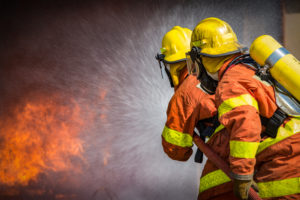

A FLEXIBLE FUTURE AHEAD
PVC’s properties have allowed it to evolve over the years from being a construction material to being a fashion statement. Its versatility has given designers a great canvas to create new and trendy garments. As it was the case in the 1960s, vinyl fabrics continue to offer a futuristic and modern look and may play a major part in the development of “smart” and connected clothing. Wearable technology combining LED lights, sensors and conductors is the new frontier into a whole new world of innovative and creative ideas. PVC is ready to hit the runway!
